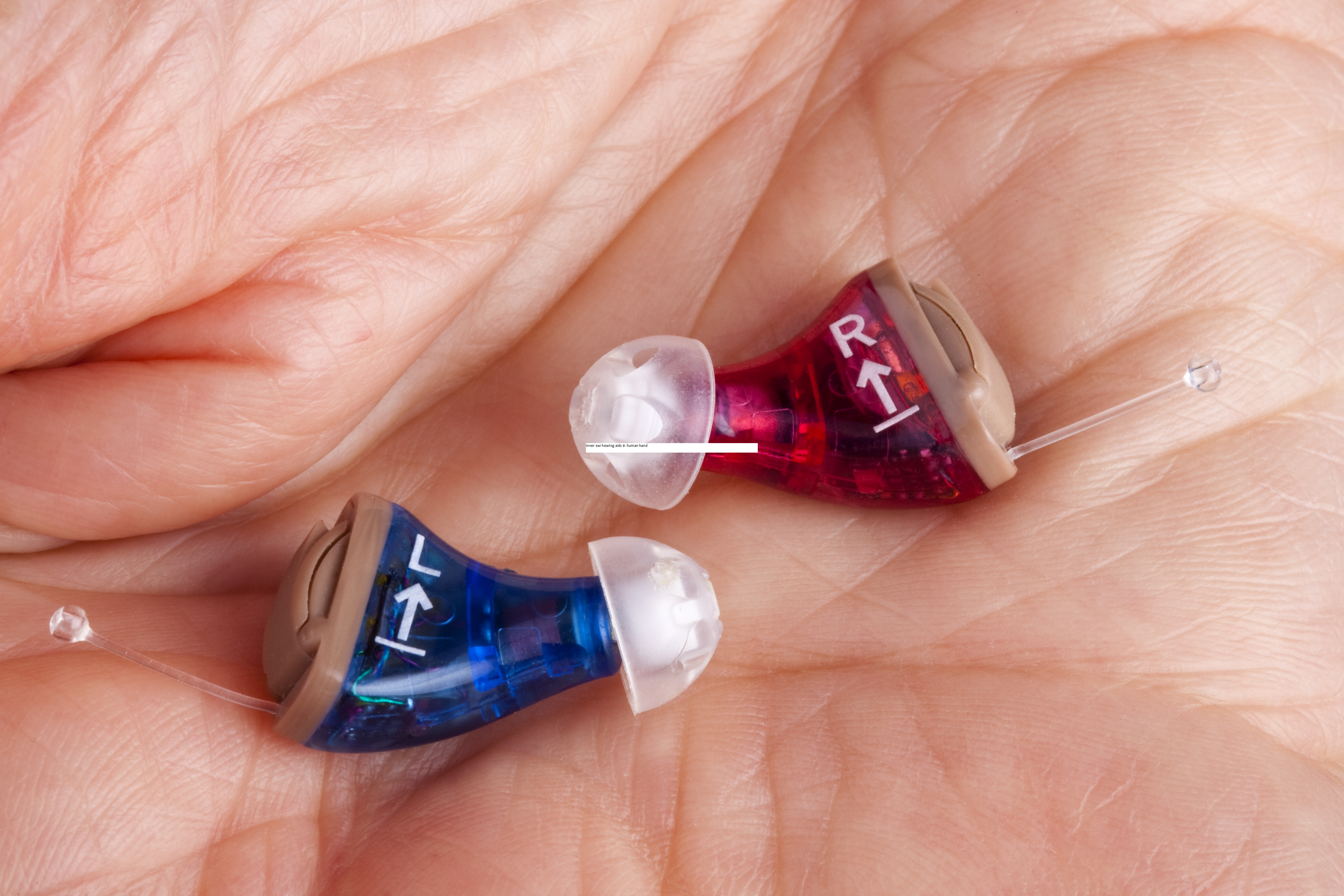From the desk of Teresa Goddard, M.S., Lead Consultant – Assistive Technology Services
One of the most common challenges for employees who are deaf or hard of hearing is using the telephone. Two questions leap to mind whenever I am asked about accommodation ideas to help with telephone use.
Does the employee wear hearing aids?
If yes, do the hearing aids have t-coils?
The answers to these questions provide useful information about what types of assistive technology may be helpful to the employee. For instance, some people who use hearing aids experience feedback when using a standard telephone headset. A t-coil compatible headset may be useful if the individual's hearing aids have t-coils. However, if the individual does not use hearing aids, or if the hearing aids do not have this feature, then it would probably make more sense to consider other solutions. For more information on hearing aid compatible headsets visit here.
So what exactly is a t-coil?
Standard telephones produce a small electromagnetic field as a byproduct of the way telephone handsets are constructed. A t-coil, or telecoil, is a type of induction loop receiver that is housed inside certain types of hearing aids and cochlear implants. A t-coil works by converting the electromagnetic field produced by a telephone handset, and bypassing the hearing aid's external microphone. This can reduce the amount of feedback experienced by hearing aid users and allows them to hear telephone conversations more easily because the hearing aid is not picking up background noise.
Depending on the person and the type of hearing aid used, it may be necessary to hold the handset at a slightly different angle from the norm in order to get a clear signal via the t-coil. This can be tiring. If a person uses the phone a lot or needs to type or take handwritten notes while on the phone, headsets that are designed to work with t-coil hearing aids may be helpful. Some t-coil compatible headsets are designed for use with cellular phones.
T-coil hearing aids may also be used with hearing loops. These are devices with loops of wire that create an electromagnetic field that can be picked up by a t-coil. Some assistive listening devices can be used with a hearing aid that has a t-coil by adding a hearing loop. This may be helpful if the person needs to participate in meetings or access audiovisual training materials. For more information on assistive listing devices visit here.
T-coils can be susceptible to the effects of electromagnetic interference from things such as electrical wiring, TVs, and fluorescent lights. T-coil users may experience buzzing if their t-coil switch is activated near devices that produce electromagnetic interference.
Where can you go for more information on accommodation ideas for employees with hearing aids?
Employees often know of accommodations that work well for them. A doctor or audiologist may also be able to suggest accommodations or provide feedback about accommodation ideas.


